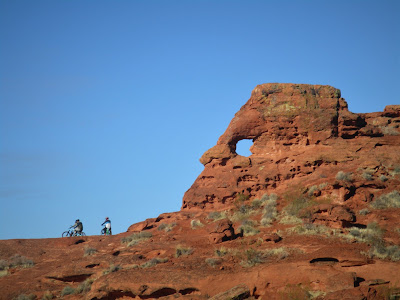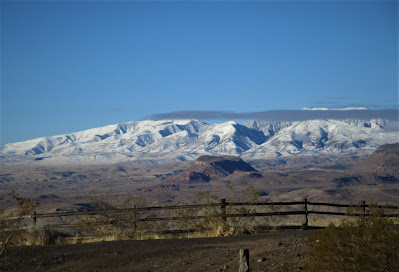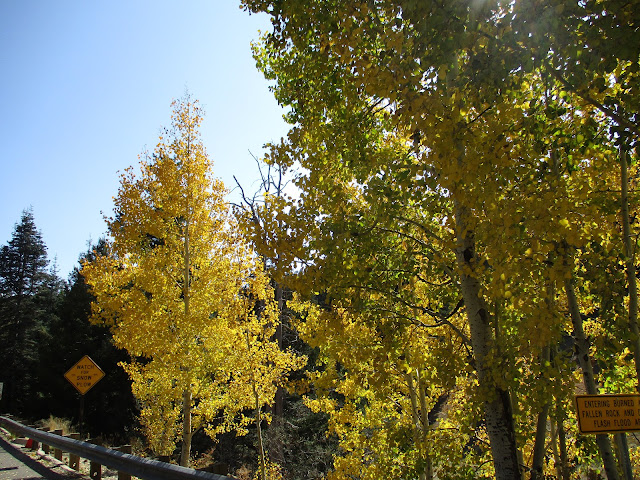Before retiring, I had contracts to work in Tucson at Tucson Medical Center (loved it) and University Hospital )not so much). The city continues to draw us back and has grown along with the traffic. I can't imagine how it would be with Canadian snowbirds. Far Horizons RV Park is less than 1/3 full for this winter season.
Celebrating Dia de Los Muertos
The Heirloom Farmers markets in different locations several days of the week have many farm to table offerings that keep us returning. We found such a diverse choice of foods to choose. Many restaurants have closed but have a good turnout at the markets to keep them going and us returning.
Salvadoran pupuzas were a tasty grilled corn masa filled with seasoned meat, vegetables and cheese served with a cabbage slaw and a dressing.
Tucson is an interesting and diverse sanctuary city. It is the only place in the United States designated a City of Gastronomy by UNESCO. A half-dozen years ago, the international agency began including food as a part of cultural heritage worth protecting, recognizing the importance of things like Armenian
lavash, the Mediterranean diet and the gastronomic meals of the French.
It all starts with the deep and multicultural food history with so much innovation in all parts of the food system, including sustainable agriculture and ranching, plus the development of an urban agriculture scene. Tucson recently amended the land use code to make it easier to do agriculture within city limits and to sell those products.
Tucson snagged the UNESCO designation because of the wealth of food-related accomplishments, from the ancient O’odham mountainside settlement to the many local organizations striving to help battle hunger, like the Community Food Bank of Southern Arizona and Iskashitaa Refugee Network ( a refuge agency). And then there’s the food itself: The city is packed with restaurateurs, chefs, farmers and ranchers who nurture a vibrant food scene.
This swath of Sonoran Desert has one of the longest food heritages on the continent, nestled at the base of the Tucson Mountains is where the O'odham people settled, planting crops of maize, tepary beans and other produce amid a landscape with prickly pear cacti and sagebrush. The towering Saguaro is native to Arizona's Sonoran Desert and its juicy red fruit, which locals use to make jams and syrups, ripens in June.
Local restaurants incorporate local ingredients like tepary beans, a drought-resistant legume native to the American Southwest, into dishes like a Cholla bud meat dish served alongside a green bean and
tepary bean salad and drizzled with a jalapeño-orange vinaigrette or pickling some Cholla buds or add some purslane into a dish, since it grows wild in Tucson’s dry riverbeds,

Turkish flatbread with stuffing or just olive oil and sesame seeds.
II will have to try the Green Chile Lemonade next time we visit.
We were lured in by the French lady's "oui oui" and indulged in her pastries.
The freezer is full of roasted green chile.
Hiking in Sabino Canyon
At the base of the Catalina Mountains lies Sabino Canyon not far from the RV park. The canyon between steep rock cliffs has been closed to traffic since 1978 making a great place for walking the 30 miles trails or up the road. Or take the tram the 4 miles up and walk back or meet the next tram at one of the nine stops on the return.
The trails give the quads a work out.

This confused saguaro must be confused. They usually bloom in May.
Cycling The Loop
Loving "The Loop" bike path.
Resort living
Loving the food.
It is good to spend time with people from diverse backgrounds and cultures.
Happy Thanksgiving!


























































